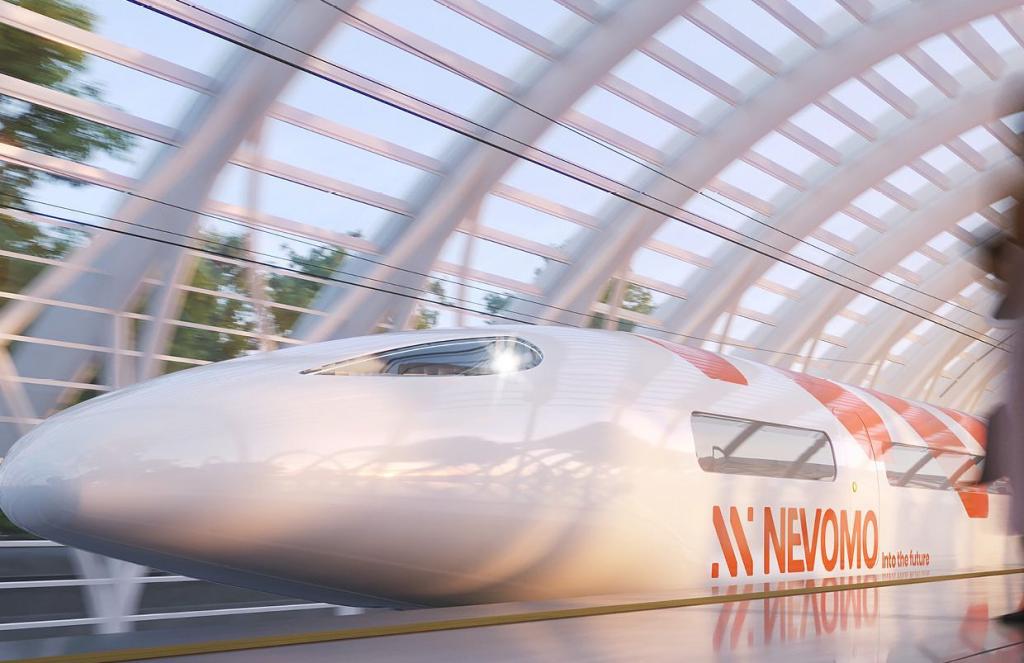A 720-metre railway track in Nowa Sarzyna (Poland) served as the test site for the world’s first MagRail Train.
A 720-meter railway track in Nowa Sarzyna, Poland, served as the testing ground for the world’s inaugural MagRail train, developed by the Polish startup Nevomo. This groundbreaking technology allows trains to lift off and hover above the tracks, facilitating high-speed travel. Innovators believe it has the potential to achieve speeds of up to 550 km/h.
The fundamental concept of levitation aligns MagRail technology with the existing maglev (magnetic levitation) high-speed trains operational in Japan and South Korea. Nevertheless, there is a significant distinction—MagRail trains have the capability to operate on pre-existing railway infrastructure, resulting in substantial cost savings.
This innovation has the potential to eliminate the need for fixed train schedules, revolutionizing rail transportation.
The engineers at Nevomo undertook the challenge of demonstrating the feasibility of a levitating train on existing tracks. After approximately three and a half years of research, their achievement was showcased on Europe’s longest passive magnetic levitation test track.
During the trials, MagRail vehicles reached speeds of up to 135 km/h on the track. Weighing two tons and measuring six meters in length, these vehicles levitated once they exceeded 70 km/h, accelerating to 100 km/h in just eleven seconds.
While some modifications to the railway tracks will be necessary to accommodate this new type of train, the overall cost and effort involved are significantly lower than creating entirely new infrastructure from the ground up.
Przemek Paczek, CEO of Nevomo, described MagRail as “the missing link between existing railway infrastructure and brand-new digital railway systems.” He explained that both traditional trains and magnetically levitating vehicles can share the same railroad track.
Nevomo plans to continue researching and developing MagRail, not only for levitation but also for various applications of this technology. Their goal is to enhance efficiency and capacity before introducing the first version of MagRail for freight transport in 2024.










